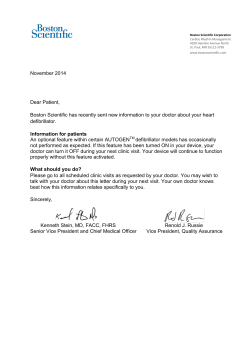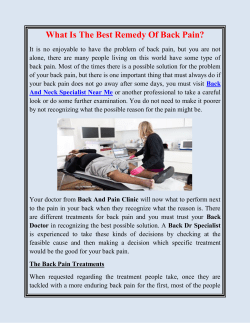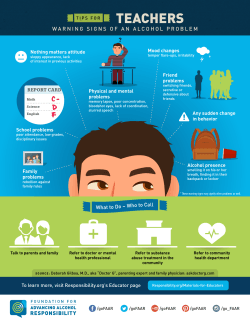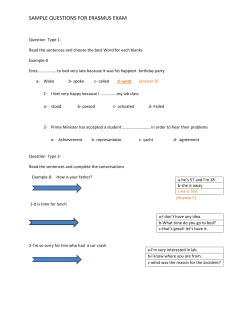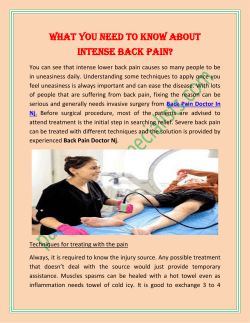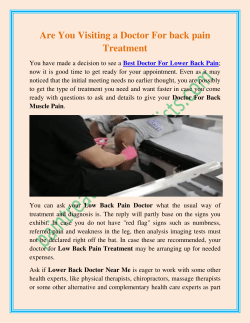
Different types of back pain and their treatment
Different types of back pain and their treatment Back pain is very frequent, but in many cases, it is not clear what exactly causes it. Depending on the cause, it is usually classified into 2 types: mechanical back pain and inflammatory back pain. They are the most frequent. Your Back Pain Doctor Near Me can help you diagnose it correctly. How many people suffer back pain? In most cases, back pain is mechanical. Both types of pain can limit daily activities, as well as limit the quality of life because it affects sleep, social life and the ability to work. But mechanical pain and inflammatory pain can have similar symptoms, so it is difficult to differentiate them without help. That is why it is important to consult a Back Pain Management Doctors and be able to describe your pain. Symptom of back pain Back pain varies. It can be intense or sharp. It can be a dull, fixed pain or feel like a muscle spasm. The type of pain you will have will depend on the underlying cause of your low back pain. Most people find that resting or reclining improves back pain, regardless of the underlying cause. People suffering from low back pain may experience any of the following: Low back pain is intensified by leaning forward or lifting an object. Staying seated can aggravate the pain. Standing or walking can aggravate the pain. Back pain comes and goes, and usually follows a course of ups and downs with good and bad days. The pain may extend from the back to the buttock or outer part of the hip, without spreading to the leg. Regardless of your age or symptoms, if your back pain does not improve in a few weeks, or if it is accompanied by fever, you should consult your Back Pain Management Near Me. Tests and diagnosis of back pain After discussing your symptoms and your history, your doctor will examine your back. This will include looking at your back and pressing in different areas to see if you feel pain. Your doctor may make you lean forward, backward, and side to side in search of limitations or pain. Your doctor may measure the function of the nerves in your legs. This includes checking your knee and ankle reflexes, as well as testing for strength and sensation. This will tell your doctor if the nerves are seriously affected. Tests with images Other tests that can help your doctor confirm your diagnosis includes: X-rays Even though you only see bones, a simple x-ray can help determine if you have the most obvious causes of back pain. It will show broken bones, changes due to aging, curves or deformities. Xrays do not show discs, muscles, and nerves. Magnetic Resonance (MRI). This study can create better images of soft tissues, such as muscles, nerves or vertebral discs. Conditions such as herniated disc or infection are more visible in an image by MRI. Bone density test. Osteoporosis weakens the bone, which can easily fracture. Osteoporosis itself does not cause back pain, but fractures in the spine can do it. In general, treatment for low back pain falls into one of three categories: medications, physiatry, and surgery.
© Copyright 2025


